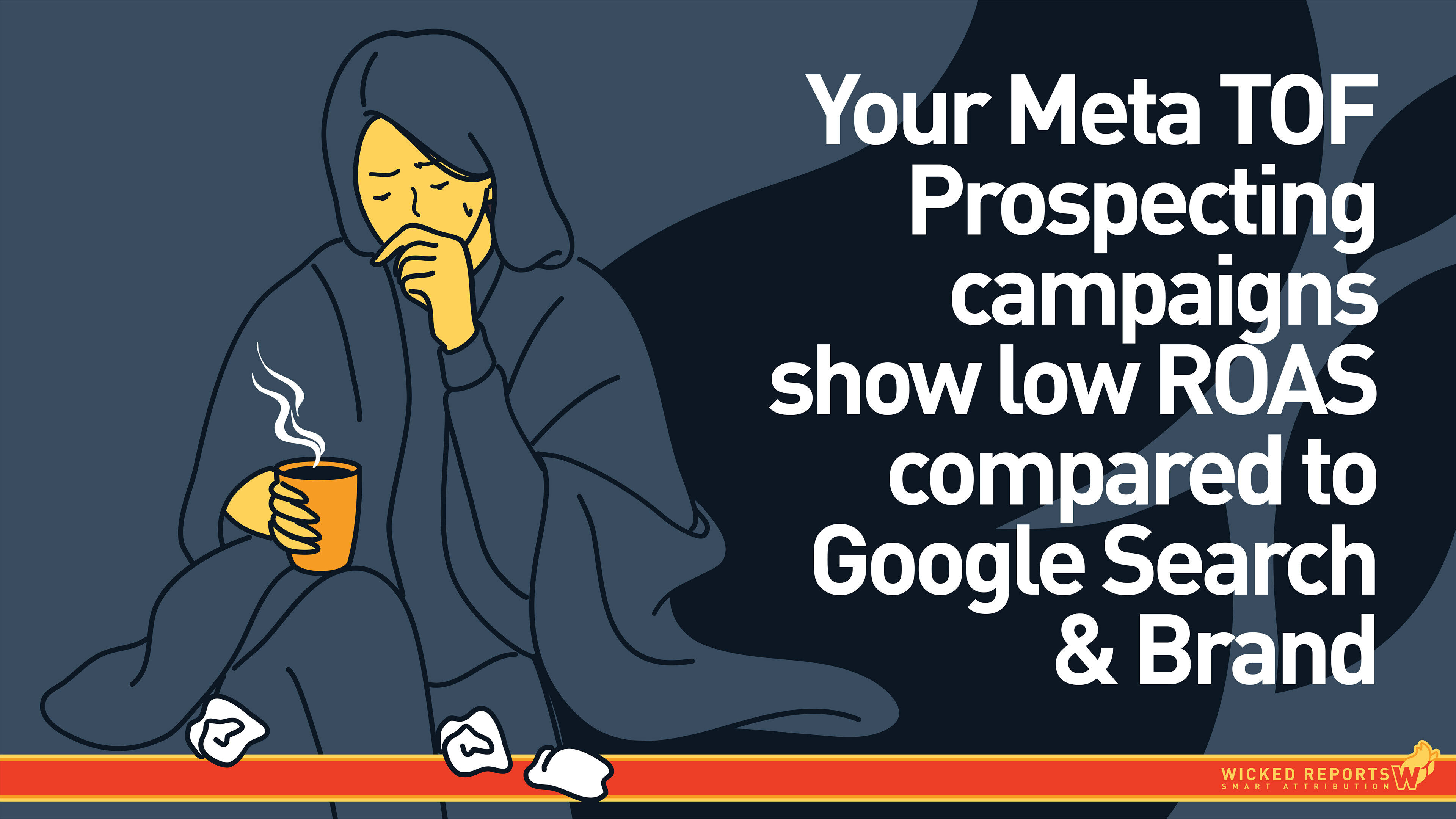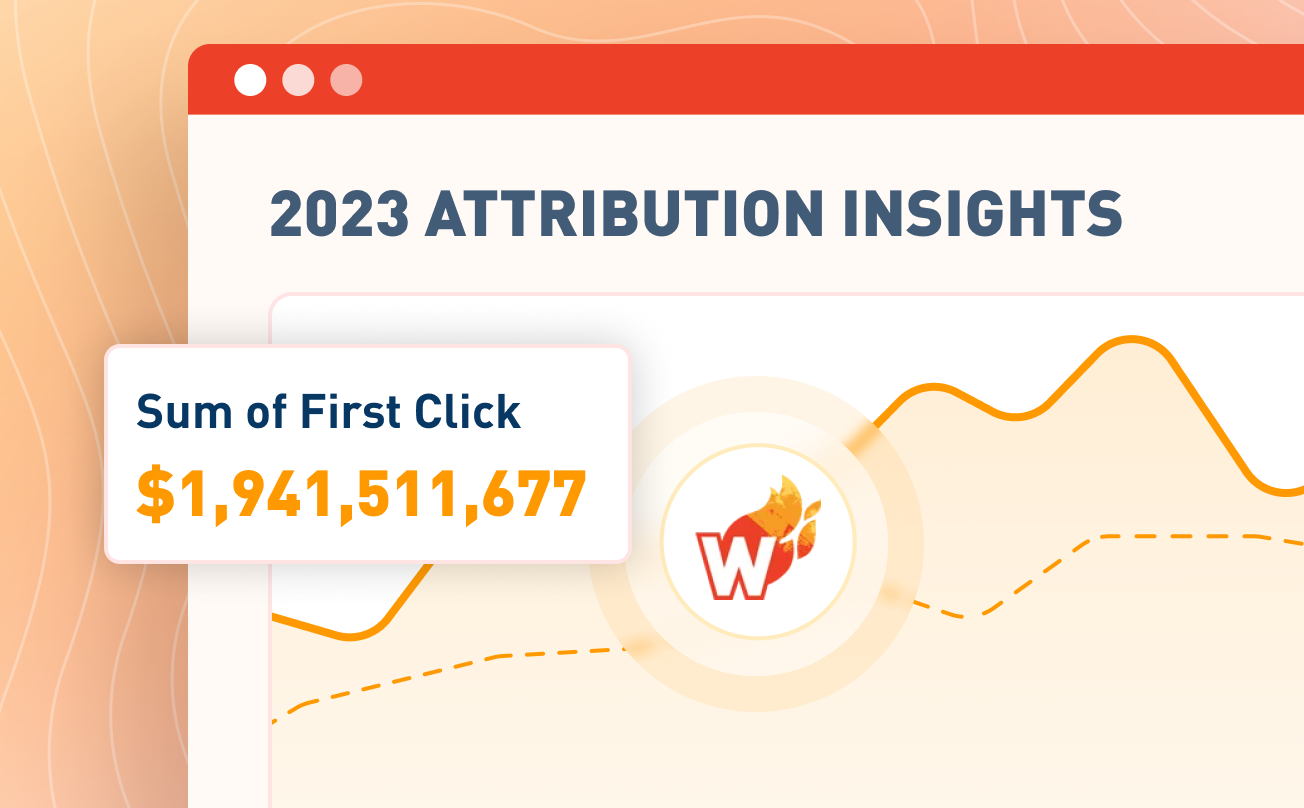Meta Removes Detailed Targeting Exclusions from Ad Campaigns
Meta announced that they are removing detailed targeting exclusions from new campaigns (read more here: https://www.facebook.com/business/help/458835214668072).
This is going to have massive impact on Top of the Funnel (TOF) Prospecting campaigns.
If you understand the tweaks you need to make and the measurements you need to keep an eye on, it will be a big opportunity to gain an advantage over advertisers that don't adjust their process.
Let's break this down into 5 parts.
The Announcement
Meta confirmed the full removal of detailed targeting exclusions for new ad sets starting in mid-2024. As of early 2025, all campaigns using these old exclusions have stopped delivery and must be updated. You must adjust your audience strategy now.
We believe this change will help improve campaign performance, and we are still offering alternative ways to restrict who you serve ads to if you have a business need to exclude a certain audience. A recent advertiser test showed that the median Cost per Conversion was 22.6% lower when not using detailed targeting exclusions vs when using detailed targeting exclusions.
Detailed Targeting https://www.facebook.com/business/help/182371508761821?id=176276233019487
Detailed targeting is a targeting option available in the Audience section of ad set creation that allows you to refine the group of people we show your ads to. You can do this with information such as additional demographics, interests and behaviors.
These detailed targeting options may be based on:
- Ads they click
- Pages they engage with
- Activities people engage in across Meta technologies related to things like their device usage, and travel preferences
- Demographics like age, gender and location
- The mobile device they use and the speed of their network connection
The Impact
You can’t start a new Adset and use Facebook pixel data to exclude website visitors easily. You can still do it, but it’s more work.
This is a pain. When you want to start a new TOF Prospecting campaign, you can’t easily restrict all website traffic.
Meta wants you to let the AI get more conversions.
The Problem
The problem is that with existing Meta algorithms and ad auction processes, the drive for more conversions is going to lead to more clicks by prospects already familiar with your brand, because they convert more.
Trouble is, that audience will dry up.
This means repeat website visitors, people in your CRM, and previous customers are more likely to be served your ad. This defeats the whole purpose of a TOF Prospecting campaign when you only want to show it to new eyeballs.
You need a consistent flow of new eyeballs to your site that will feed the retargeting campaigns, and that will feed the Meta AI/Advantage+ campaigns.
The Opportunity
Media buyers and agencies that make the extra effort to have accurate custom audience exclusions will have more effective TOF Prospecting campaigns.
Only then will a campaign continue to feed the top of their marketing funnel with new eyeballs, and then have the chance to grow.
The agencies that don’t get this will start moaning that “Meta sucks” and will lose clients…to the agencies that get TOF audiences accurate.
The solution
Custom audience exclusions.
Setup custom audiences for the following:
- 1 for website traffic
- 1 for CRM list
- 1 for Customer list
Here’s how to create a custom audience https://www.facebook.com/business/help/1474662202748341?id=2469097953376494
On your TOF prospecting campaigns, you must now exclude all 3 of these custom audiences using the separate 'excluded custom audiences' field within Ads Manager. The old exclusion box is fully gone, making this process mandatory for true cold traffic.
The old way, just telling the pixel to exclude website visitors easily, is gone.
But if you setup a custom audience for all website visitors, and then exclude it, you will have a true, cold traffic TOF prospecting campaign.
Then, measure the % of new visits from your TOF traffic while keeping an eye on MER and nCAC.
Keep refining your exclusions with custom audiences since that’s the only way left to do it!
***Like this post? If so, you'd probably dig the 12 minute presentation "Cure for the Meta Algorithm Flu".
FAQ
What is the key replacement for Meta's detailed targeting exclusions?
The only reliable, non-automated replacement is using Custom Audience Exclusions. This allows you to manually exclude specific segments, like website traffic or customer lists, to ensure your campaigns reach genuinely cold traffic.
Why is the removal of detailed targeting exclusions a problem for Top of Funnel (TOF) prospecting?
The problem is that Meta's AI algorithms, driven to maximize conversions, will increasingly target existing customers, website visitors, and CRM contacts in your TOF campaigns. This leads to audience fatigue, inflated conversion numbers that don't represent new customer acquisition, and eventually, a dried-up marketing funnel.
Which three custom audiences should I exclude to run a true cold-traffic TOF prospecting campaign?
You should create and exclude custom audiences for: 1) Website Traffic (all visitors), 2) CRM List (all leads/prospects), and 3) Customer List (all existing customers). Excluding these three lists ensures your ad spend is directed only towards genuinely new, cold audiences.





.jpg)